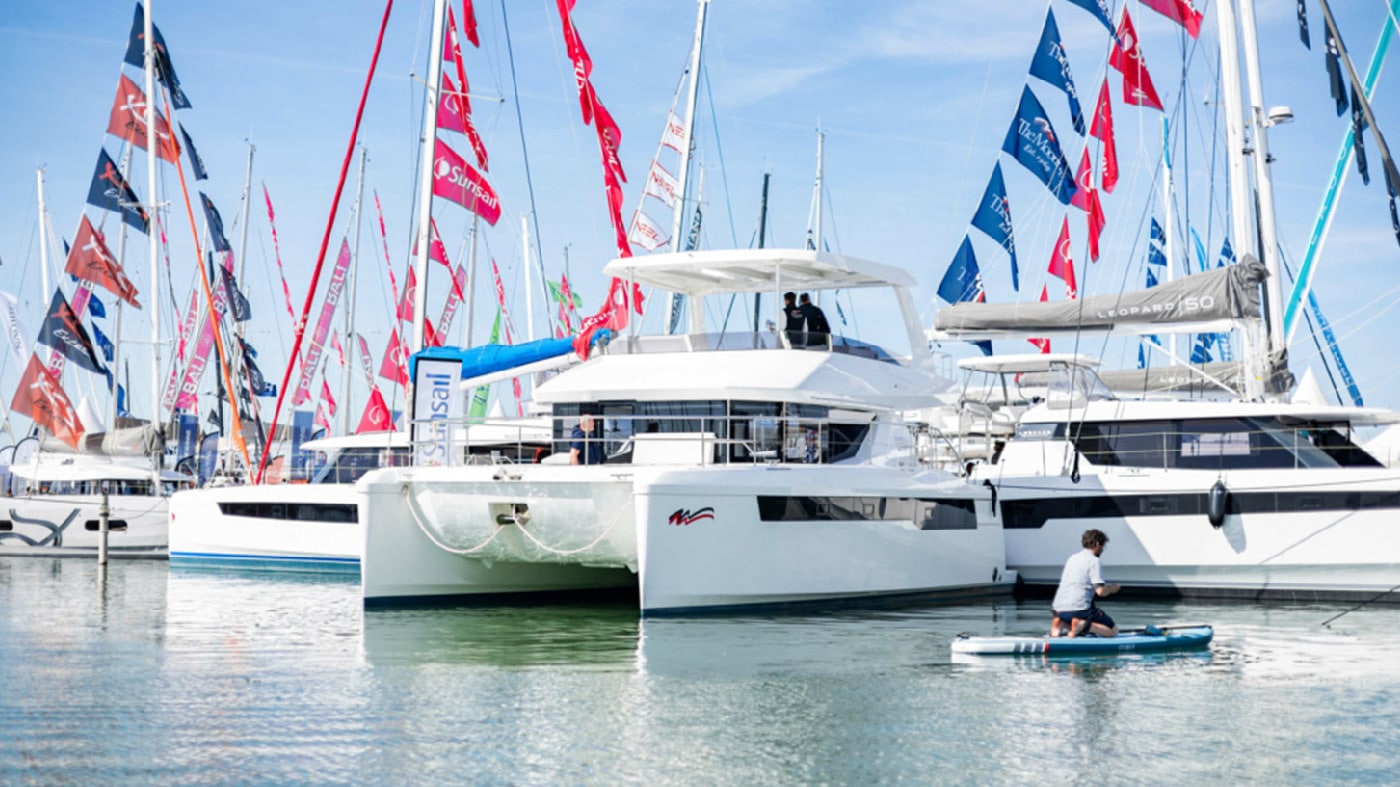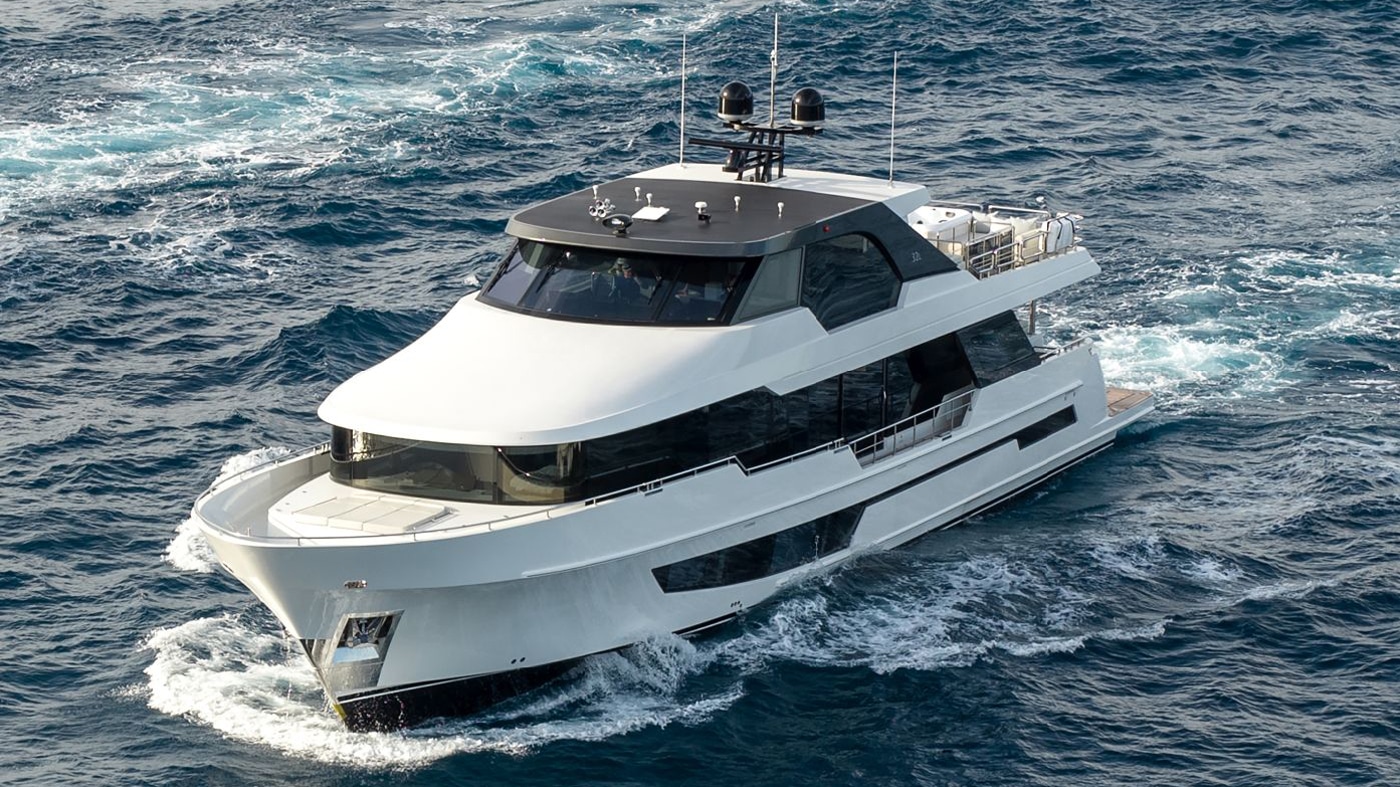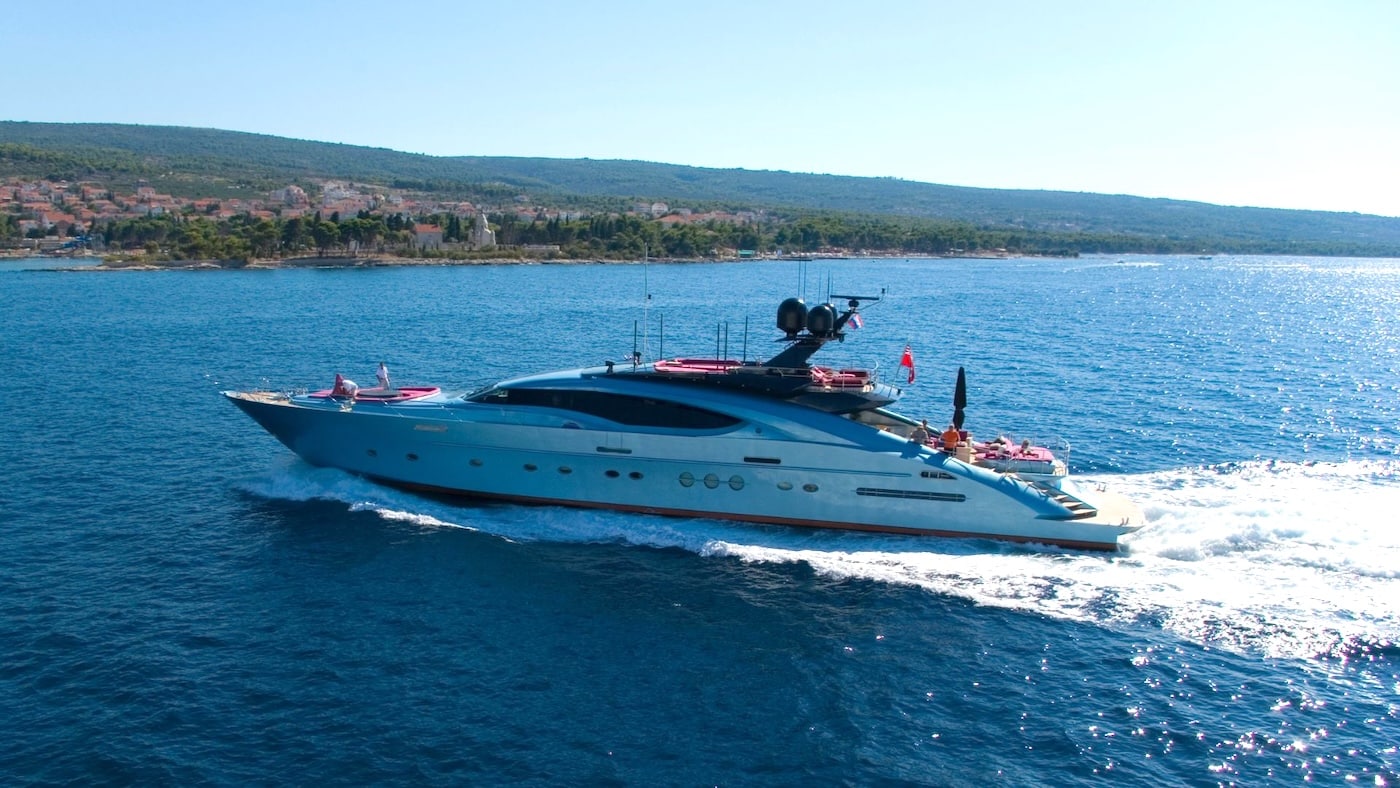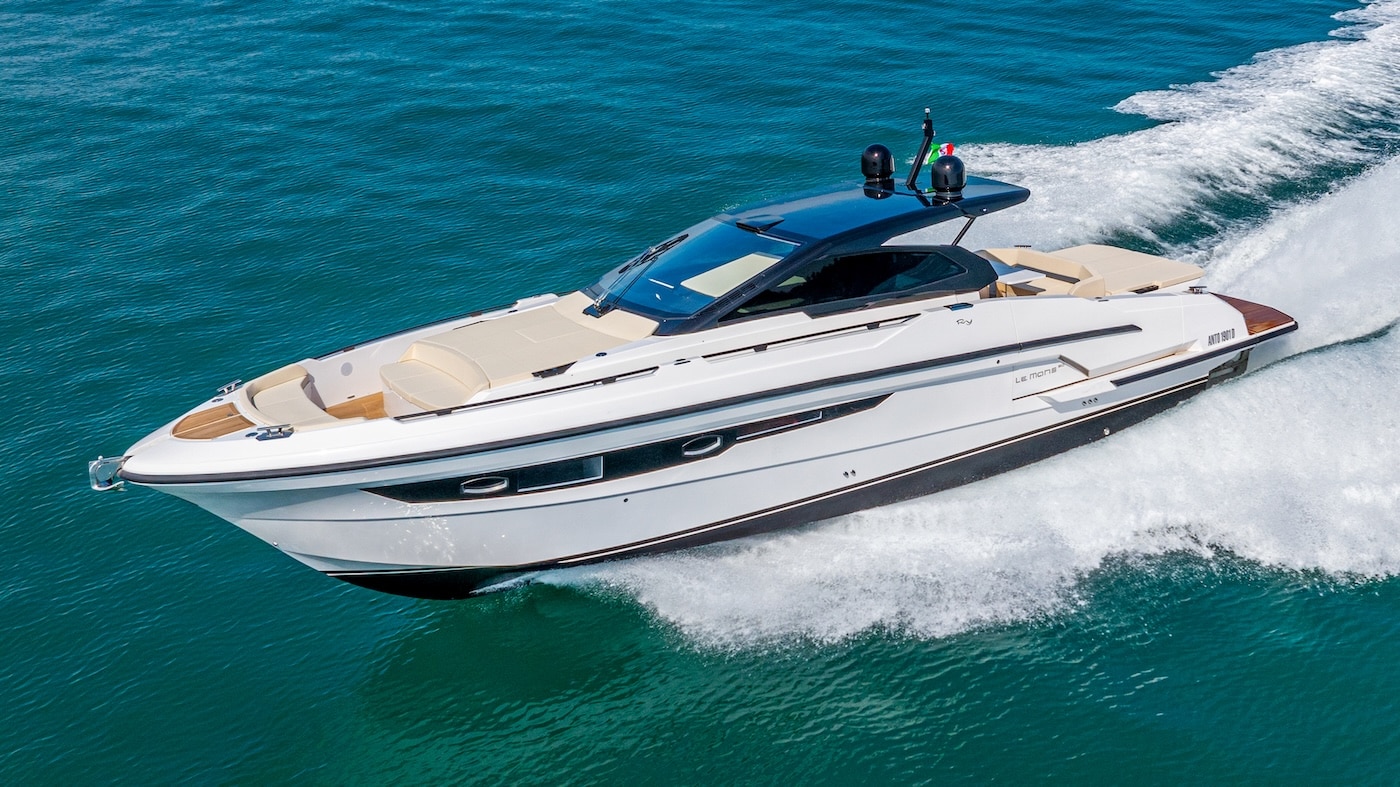The deadline is just around the corner. Next 31st December is the deadline for antifouling paints manufacturers to send out a detailed report to Echa -the European chemicals agency – which demonstrates that all their paints comply with the new standards set by the European Biocide Product Regulation (BPR).
What will happen after 31st December? Will manufacturers that have already stocked their product, shipyards and private yachtsmen who have already bought non-compliant antifouling paints be obliged to throw their own cans and money away? Will violators be sanctioned?

Under the lens are biocides, that is those substances intended to destroy and exert a controlling effect on any harmful organism which represents a threat for the hulls and anything immersed in the sea.
It might seem paradoxical yet the use of chemical and therefore potentially polluting substances is necessary not only to preserve the hulls and their performance but also to fight a source of marine pollution. A dirty hull, in fact, can increase fuel costs by 40%, resulting in higher emissions and more pollution.
In short, what Europe has asked manufacturers is to test their products in order to find new formulas which can reduce environmental impact and human health effects according to some new, more restricting standards.
” We’ve had to revise all our formulas – Mauro Legrottaglie, Research & Development Manager at Boero Group’s Yachting Division has told us – by performing new, delicate tests, given that Italy has no facilities properly equipped for this type of analysis”.

Which type of tests are you referring to?
” They are numerous and various tests. The most important one is the dermal test, essential to understand how the biocides composing the antifouling pains get in the human skin and therefore to find the correct formulas which could guarantee the safety of their users. Additional tests have been carried out in order to find biocides which could be equally effective in terms of hull preservation but not polluting. The mission was to produce effective antifouling paints in compliance with the new standards. An aspect which made things hard is that the biocides approved by the European Community have dropped from 25 to 10″
This new regulation sets new categories for the antifouling paints which are now classified according to their user and users. What is this about?
With the introduction of BPR, biocides are now broken down into two broad groups referring to professional and DIY use. The logic is straightforward: the professionals work in more protected contexts, equipped with individual protections that private yachtsmen don’t have. As a result, some biocides which compose professional antifouling paints are not present in those ones reserved for the private sector.
Are professional paints more effective?
No, they aren’t. Our effort to change formulas and create products in compliance with the new European standards without compromising effectiveness was huge, even in terms of costs and investments.
The regulation will come into force next 31st December. What will happen next? Are there any sanctions for those who won’t meet the new standards?
Next 31st December is the deadline for manufacturers to send out a complete dossier to Echa. The Helsinki-based organization will evaluate it and, through a commission, will check compliance with new standards throughout Europe. However, some margins are predicted. Manufacturers and distributors have six months to trade the products which, already available in their stocks, are not compatible with BPR. Private individuals who have already bought products which are not in compliance with the new PBR standards have 12 months to use them. Once the deadline is expired, everybody has to adjust to the new standards.
Are there any sanctions for those who continue to have and use non-compliant products?
The non-respect of a Community regulation inevitably implies sanctions. We know that an European task force has already set up to monitor compliance with legislative requirements. The Italian autority is part of this task force.

























